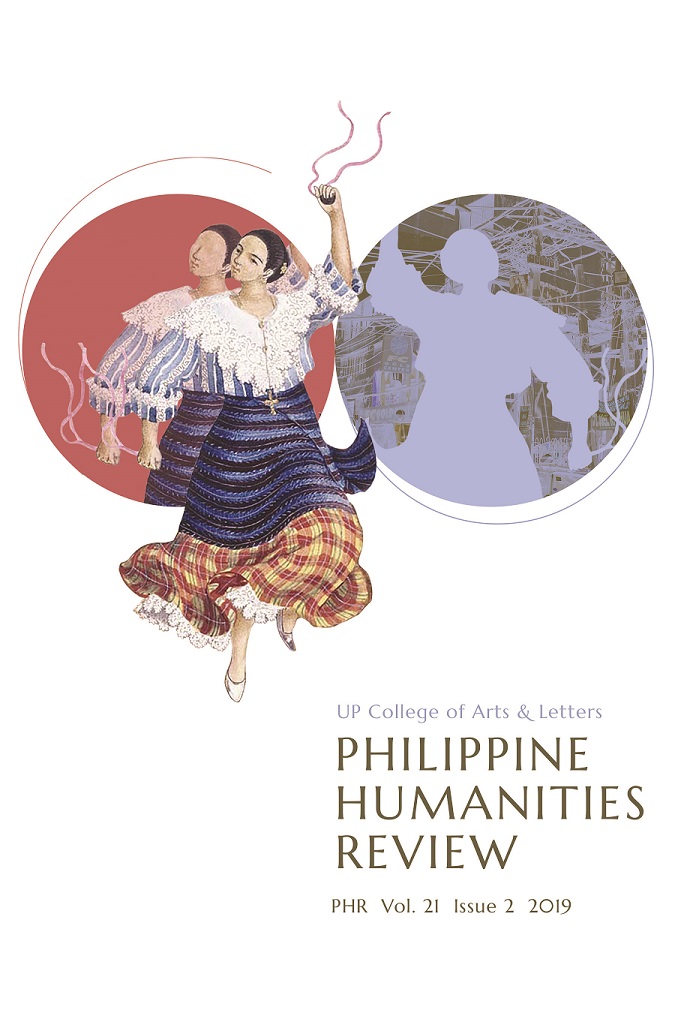Internet Mediated Technologies and the Networked communicator: An anthropological inquiry on UP Diliman students
Abstract
The internet, a 20th century technological invention, has created a huge impact on various aspects of our lives. It has influenced our identities and socio-cultural relations. I particularly probed into the University of the Philippines Diliman (UPD) student’s sociality in a hypermodern academic community. I employed a combination of three theoretical perspectives in this anthropological investigation: Augé (1995)’s concept of hypermodernity, Bourdieu’s (1990)framework of the habitus and Hine’s (2015) representation of the embedded, embodied and everyday internet. I utilized an adaptive methodological approach, which is primarily qualitative using multi-sited ethnographic methods (Marcus, 1995) to probe into the socialities. The study reveals that UP students consider the melded online and offline worlds as one social world. The online and offline spaces operate in a hypermodern state and may be regarded as anthropological places, or at least have the potential to be such. Findings also show that UPD students’ embodied lives are entangled with the internet, their dispositions are embedded on it and it has altered the way that they conduct their everyday habitual tasks. Indeed, the internet as technology is seen as a capital that shakes and messes up the habitus that is encased in hypermodernity; how far the society is shaken is discussed in the article.


